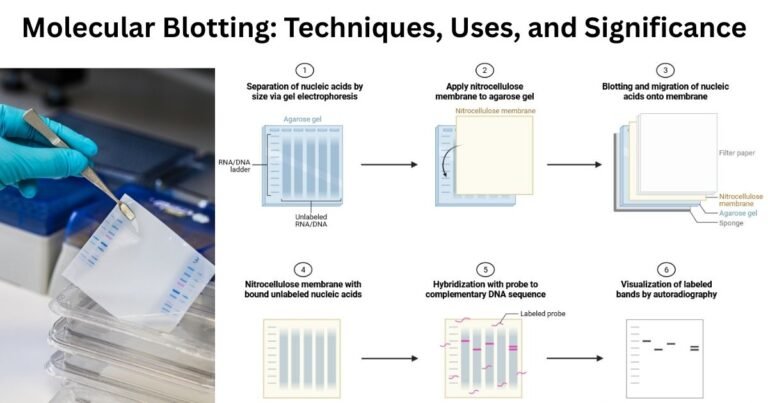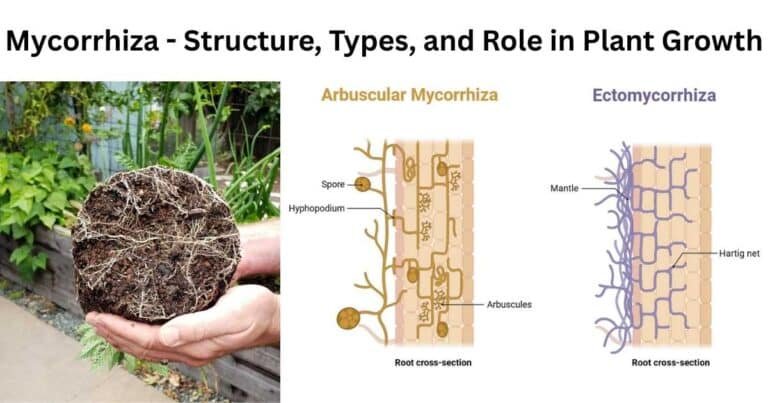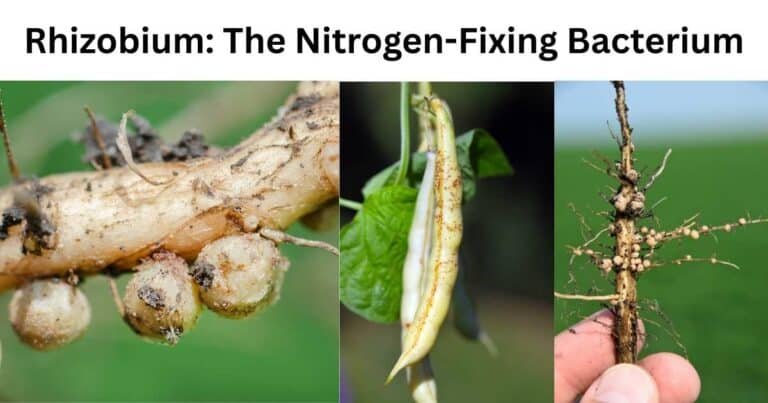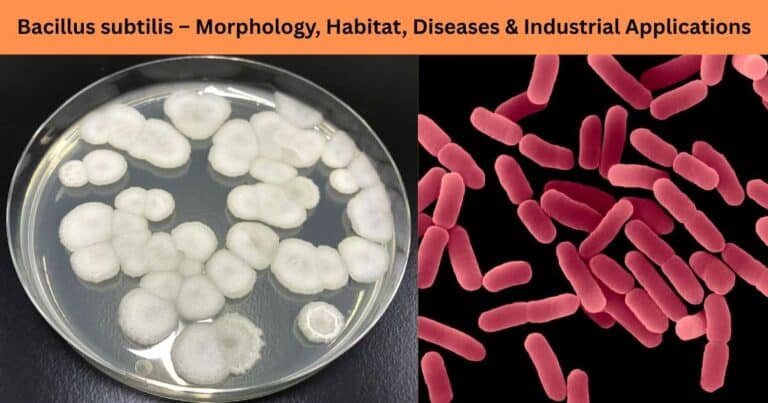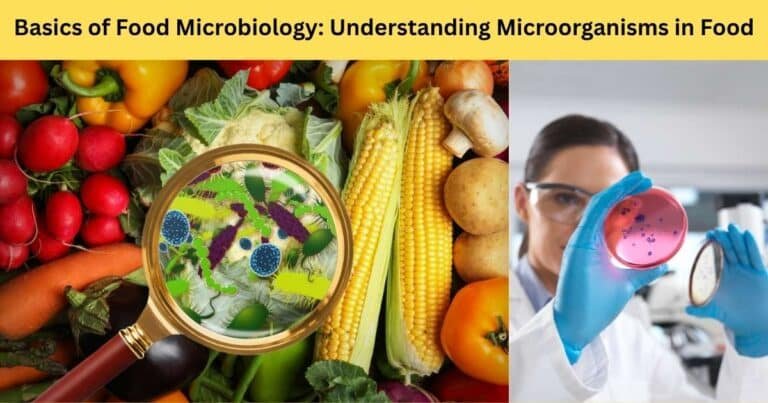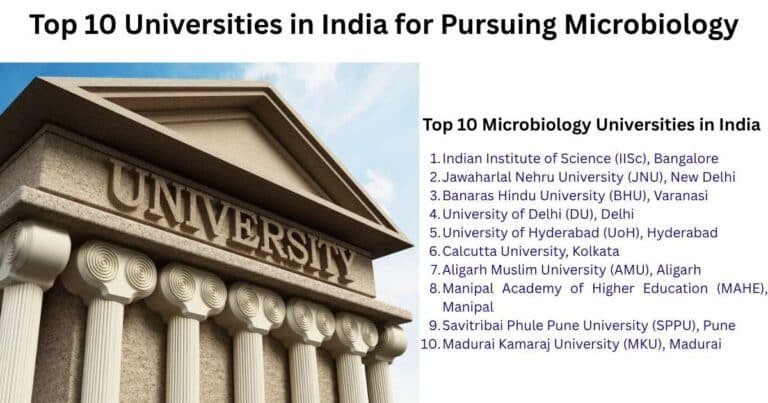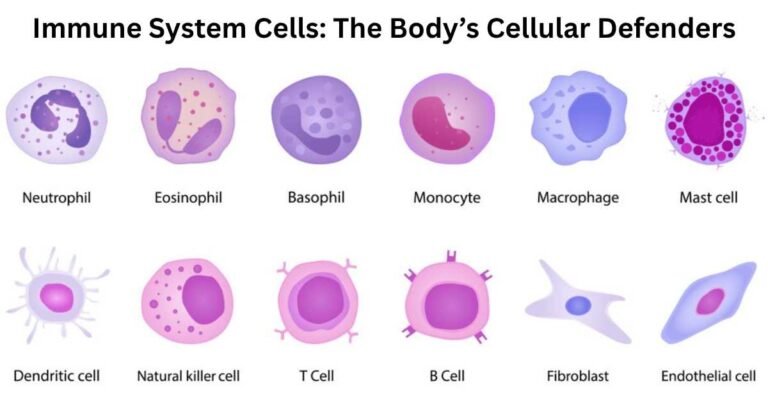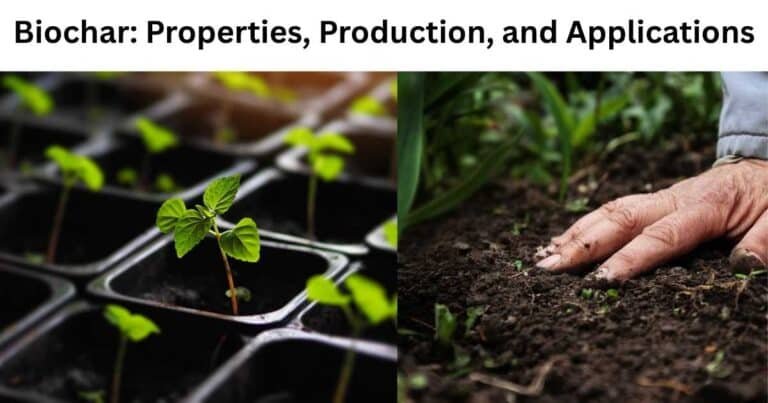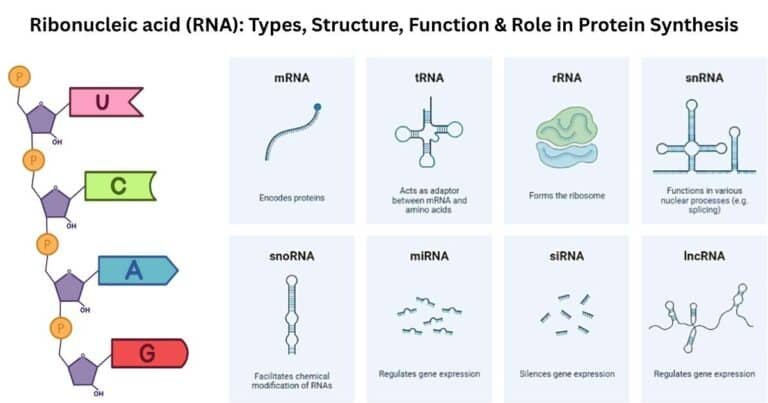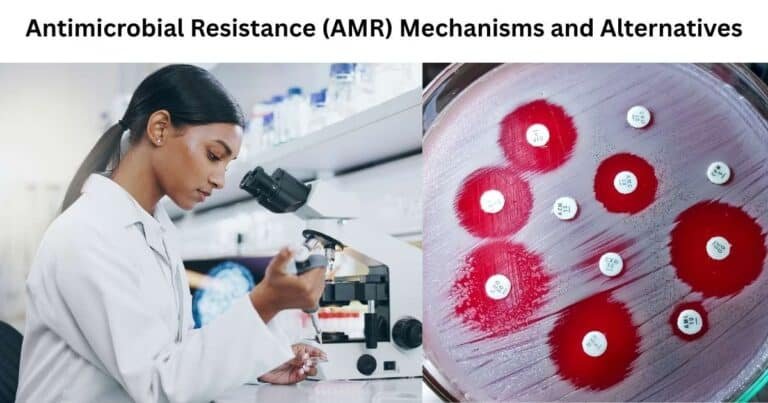Molecular Blotting: Techniques, Uses, and Significance
Introduction In molecular biology and biochemistry, molecular blotting is a fundamental laboratory method used to detect and analyze biological macromolecules such as DNA, RNA, and proteins. The technique involves separating these molecules through electrophoresis and transferring them from a gel matrix onto a solid support membrane (commonly nitrocellulose or nylon). Once immobilized, they can be […]

